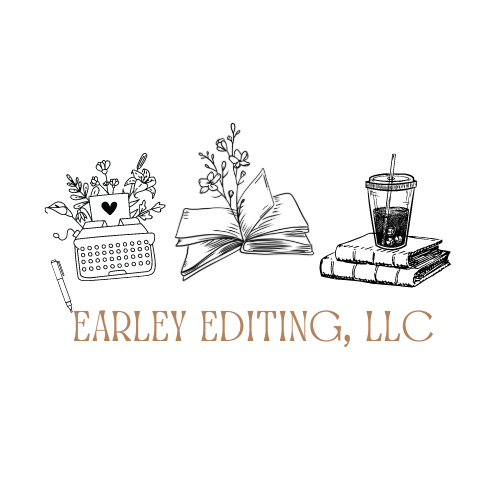Chicago Manual of Style Important: Why is it the Standard in Publishing? Why is it Important in Editing?
The Chicago Manual of Style (CMS or CMOS) is highly important in publishing and is widely used by those within the industry.
The Chicago Manual of Style is an American English style guide that is used for publishing, style, grammar, citations, indexes, etc. It is an indispensable reference for writers, editors, proofreaders, indexers, copywriters, designers, and publishers.
Due to Chicago Manual of Style being widely used within publishing, even authors looking to self-publish are advised to follow the guide in order to compete with traditionally published books.
Standardization: The Chicago Manual of Style provides a set of guidelines for writing, editing, and formatting, ensuring consistency across published works. This standardization is crucial for maintaining a professional and polished appearance in printed or digital publications.
Credibility: Adhering to a recognized style guide, such as the Chicago Manual of Style, adds credibility to a publication. Consistent and correct usage of grammar, punctuation, and citation methods enhances the overall quality of the writing and reflects positively on the author and publisher. This is where the recommendation of self-published works follow The Chicago Manual of Style in order to compete with traditionally published works.
Citation and Documentation: The Chicago Manual of Style offers a comprehensive system for citing sources and documenting references. Proper citation is crucial in academic, scholarly, and non-fiction works to give credit to original sources, avoid plagiarism, and enable readers to locate the referenced material.
Versatility: The Chicago Manual of Style is versatile and widely applicable to various types of writing, including academic, nonfiction, and fiction. Its flexibility makes it a valuable resource for publishers working with diverse genres and content.
Industry Standard: The Chicago Manual of Style is widely adopted as an industry standard by publishers, editors, and writers. Its guidelines are used by professionals in the field, and many publishing houses explicitly require authors to adhere to Chicago style.
Editing and Proofreading: Editors and proofreaders frequently rely on the Chicago Manual of Style to ensure the correctness and consistency of written material. Following a common set of rules streamlines the editing process and helps maintain the quality of the final product.
Legal and Ethical Considerations: The Chicago Manual of Style addresses legal and ethical considerations in publishing, such as copyright, fair use, and permissions. Adhering to these guidelines helps publishers navigate legal issues and maintain ethical publishing practices.
Online Presence: The Chicago Manual of Style has adapted to changes in technology, providing guidance for online publishing, citation of digital sources, and other aspects of the digital landscape. This adaptability ensures its continued relevance in the evolving world of publishing.
In summary, the Chicago Manual of Style is important in publishing because it establishes a standard for quality, clarity, and consistency in written communication. Adhering to its guidelines enhances the professionalism and credibility of published works, making it an essential reference for authors, editors, and publishers in the industry.
Earley Editing, LLC meticulously follows this style guide to help authors keep up with the industry. Self-published authors are credible authors, no matter what, and we want to make sure they are in-line with traditional publishing houses and some of their standards while also staying true to their story. It’s what we love!
